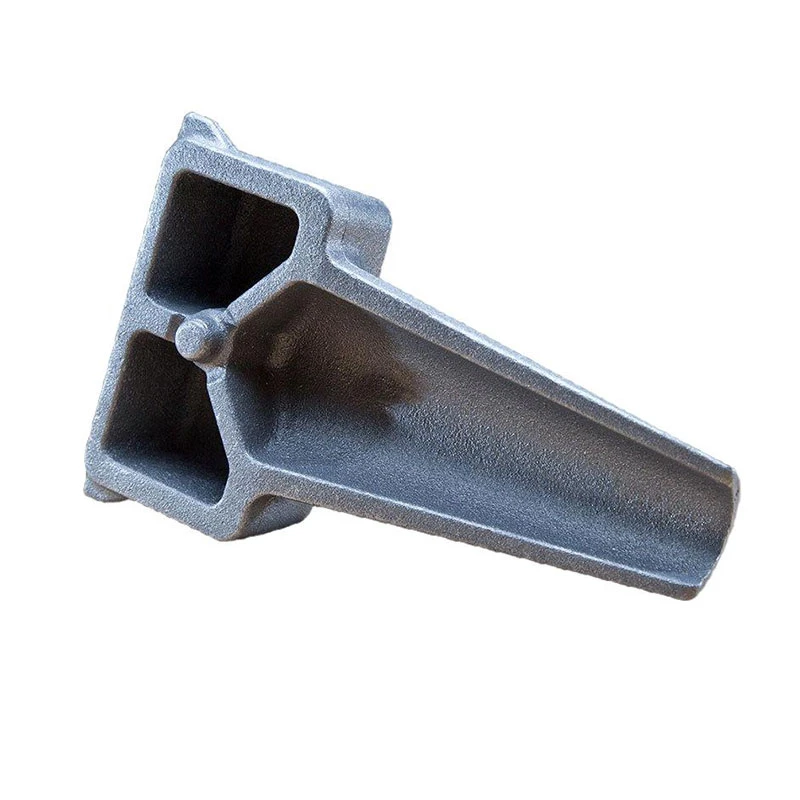making green sand for casting
Making Green Sand for Casting
Green sand is a versatile and widely used material in the metal casting process, particularly in the foundry industry. This sand mixture not only holds its shape well when molded but also provides excellent qualities for creating durable and precise castings. The process of making green sand involves several components and techniques that ensure the final product meets the necessary specifications for effective casting.
Components of Green Sand
The primary ingredients of green sand consist of silica sand, clay, water, and sometimes additional additives. The silica sand serves as the backbone of the mixture, providing the necessary granular structure. The type of silica sand can vary; however, it is important to choose sand with good strength and refractoriness. A fine grain size is often preferred as it allows for finer details in the castings and ensures better surface finish.
Clay, typically bentonite, acts as a binder in the green sand mixture, giving it the ability to retain its shape when molded. Bentonite is favored because of its swelling properties when combined with water, which enhances the binding effect and allows for better mold strength during the casting process. Water in the mixture also plays a crucial role by activating the clay, creating the plasticity needed for the molding process. Proper moisture content is essential; too much water can lead to defects in castings while too little can make the sand too dry to form adequate molds.
The Mixing Process
Creating green sand involves a careful mixing process. First, the silica sand and bentonite are measured in precise proportions, usually around 90-95% sand to 5-10% clay by weight. It's important to ensure the clay is evenly distributed throughout the sand. This is typically achieved by dry mixing the components before adding water.
making green sand for casting

The addition of water requires careful monitoring, as ideal moisture content usually falls between 2-4%. The mixture is combined using a mechanically controlled mixer to ensure an even distribution of the components. After mixing, the green sand should have a ‘moist’ feel yet be cohesive enough to hold its shape when squeezed in hand. The consistency can be tested by forming small balls; they should hold together without crumbling or falling apart.
Characteristics and Benefits
One of the main advantages of green sand casting is its reusability. After the casting process, leftover sand can be reclaimed and reused, which makes it a cost-effective and environmentally friendly option. Properly maintained green sand can be reused hundreds of times without significant degradation in quality.
Green sand also offers excellent thermal properties, allowing it to withstand the high temperatures of molten metal during casting. The mixture can capture and remove gases that might otherwise lead to casting defects, such as blowholes or porosity. Additionally, the ease of molding and shaping green sand makes it an ideal choice for a wide variety of cast shapes and sizes, catering to both small and large-scale production runs.
Conclusion
In summary, making green sand for casting is a process that combines silica sand, clay, and water through precise mixing techniques to create a versatile, reusable molding material. Its unique properties, combined with its cost-effectiveness and environmental benefits, continue to make green sand a cornerstone of the foundry industry. By understanding the components and process involved, manufacturers can produce higher quality castings and maintain the efficiency of their operations.
-
Custom Steel Sand Casting Services Precision & Durability GuaranteedNewsApr.29,2025
-
Arise Precision Casting Custom Metal Casting Solutions & ServicesNewsApr.29,2025
-
Sand Casting Guide Definition, Process & High-Quality Sand SuppliesNewsApr.28,2025
-
Premium Alloy Die Casting Manufacturer Aluminium & Zinc SolutionsNewsApr.28,2025
-
Precision Aluminum Die Casting Custom Solutions & Fast TurnaroundNewsApr.27,2025
-
Precision Complex Sand Casting Solutions Durable & Custom DesignsNewsApr.27,2025















